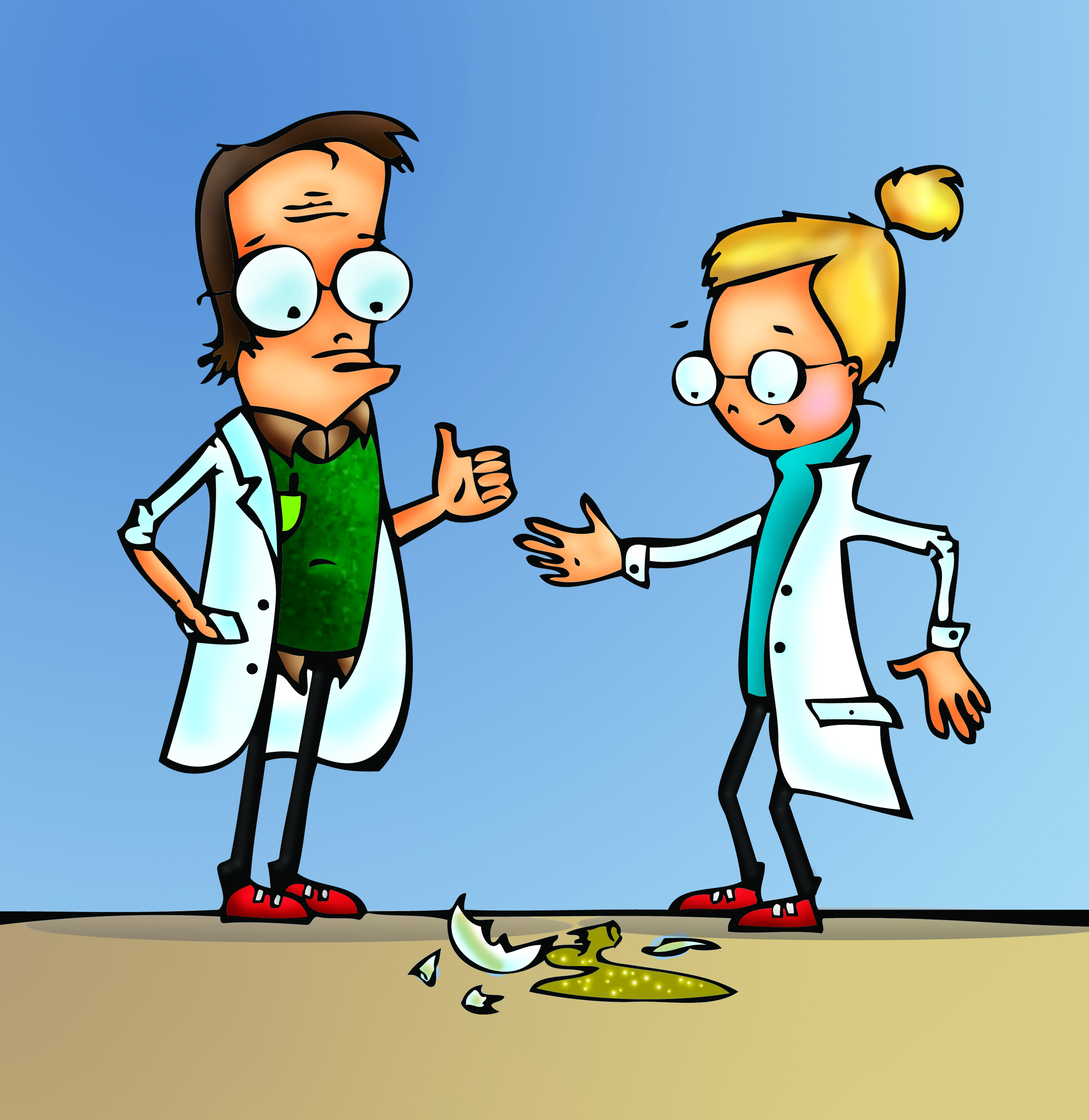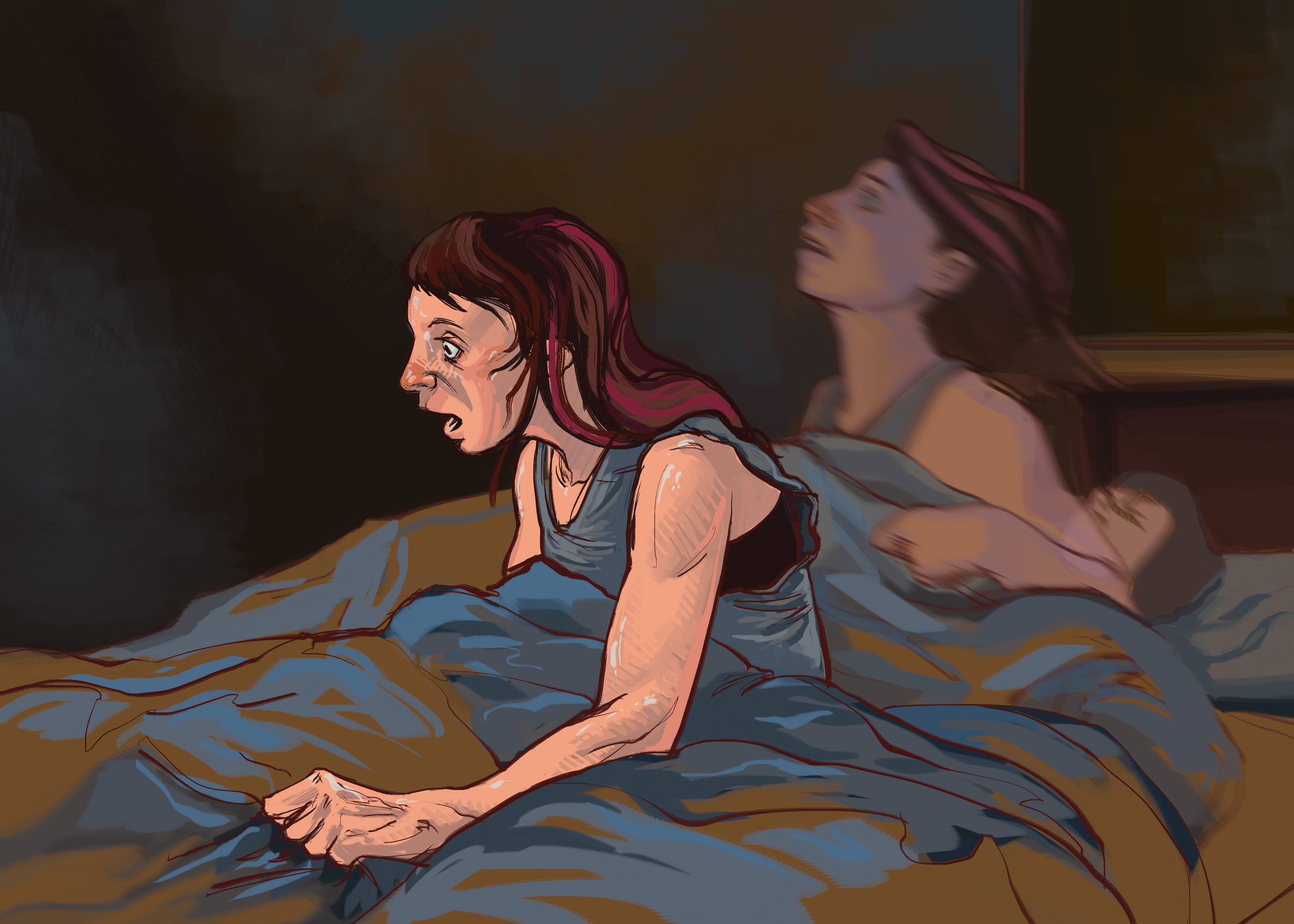Whoa, you just died. Nice one. Only a moment ago, there you were — alive, lying in bed, in a clean, white room. Your family was standing all around you, vaguely bored. It looked as if you were slowly being eaten away by the hospital lights. And, then, all of a sudden, you just up and died. Ah, well. No time to cry or wax philosophic. There’s work to be done. You’re going to be a busy body, if you’ll excuse the pun. Are you going to the army base so they can use you for target practice? Will you be physically transformed into a penis? There are so many possibilities. And it’s all because you decided to donate your body to science!
Yes, you made a good decision when you checked the box to donate your body for “Medical Research Purposes” on your Manitoba Health Donor Card. Indeed, if you had checked “Medical Education Purposes” instead, you’d likely be headed for University of Manitoba medical students right now. And they’d poke and prod you for a bit, before giving you a respectful cremation and service at Brookside Cemetery. It’s nice and all, but a touch boring, to be honest. No, “Medical Research,” that’s where the real action is. I commend your courage in choosing it back when you were alive. I mean, it’s such a vague term that you might be unaware of the post-mortem adventures you’re about to have. Let’s discuss a few thrilling options.
Tolerance Testing
One possible fate is “tolerance testing,” in which bodies like you are put through a series of incredibly violent blunt impact trauma experiments. It’s pretty sweet. In this scenario, you would likely end up at a research centre like Wayne State University in Detroit, where you get smashed to shit in automobile crashes. An even more exciting possibility is that you will end up at NASA, where you will be crash-landed inside futuristic spacecraft. Indeed, NASA revealed in 2008 that it employs post-mortem human subjects (just like you!) in “extreme landing scenarios” for its still-experimental Orion Capsule project.
Don’t be nervous, though. Tolerance testing simply finds out exactly what happens when the soft contours of your flesh meets other, less-forgiving, geometries at incredible speeds. These findings are then published in medical journals under oddly alluring titles like “Response of the Head, Neck and Torso to Pendulum Impacts on the Back” (2001) and “Tolerances of the Human Face to Crash Impact” (1965). In the latter study, researchers employed a catapult to hurl cadavers face-first into blunt objects “with increments of force until fracture occurred.” The resulting “progressive failure of facial structure” is coolly documented, revealing neato tidbits like “the frontal bone of one 66-year old head fractured with a force of 330 g on the 2.5 sq. inch block,” and that “the teeth and maxilla can withstand forces of more than 150 g if applied to a contoured area of about 4 sq. inches.” Cool, eh?
Anyway, this is probably more than you need to know, but the obsessive detail and strangely poetic undertones of these near-fetishistic reports caught the attention of English author J.G. Ballard, who was moved to incorporate elements into his 1966 novel The Atrocity Exhibiton. The author actually claimed that these reports could be read as a kind of “obsessional fiction that links science with pornography,” and mused openly whether the experiments had ever aroused deeper stirrings within the researchers’ lab pants.
Ballistics Testing
This one is exciting! You might have heard of it. In 2004, news emerged that cadavers willed to Tulane University in New Orleans were, in turn, sold to the U.S. Army, where they were summarily blown apart in land mine experiments. The general public was horrified by this. Honestly, I’m not entirely sure why, because the practice of shooting, stabbing and exploding bodies like you is an open secret in the medical research community. Indeed, a scan of the Journal of Biomechanics reveals articles with titillating titles like “Biomechanical response corridors of the thorax to blunt ballistic impacts” (2004).
Mary Roach, in her book Stiff : The Curious Lives of Human Cadavers, documents the long history of armies formally and informally “firing into dead bodies for the purpose of teaching the effects of gunshots in war.” These days, organizations like the Armed Forces Institute of Pathology’s Ballistic Missile Trauma Research Lab would love to have you for highly-choreographed munitions experiments. They might test land mines on your legs. Or shoot new kinds of bullets and/or lasers into your meaty thighs. Or test body armor on you, or shoot you in the face with non-lethal projectiles. You’d be pretty good at any of these.
Harvesting for Parts
Perhaps the single most inspiring post-mortem adventure you can undertake is to have your parts harvested. I should warn you that this will decimate you, however. Note that this is not “decimate” in truest Latin sense of word. That is, “reduce by 1/10th,” in accordance with the punitive mechanism of the Roman army in which 10 soldiers were forced to draw lots and club the loser dead. No, this is the modern colloquial usage, meaning you will be reduced absolutely, to inhuman gristle, to pulp.
Wait, wait. It’s okay. Your parts will find new life in strange and beautiful ways. For instance, your precious collagen will soon engorge the meager lips of others. Your fatty tissues (the ones you’ve always been so self-conscious about!) will smooth the wrinkled faces of aging women. Grafts of your skin will extend and enlarge the meager penises of sad men. You will be a humanitarian! You’ll help too-wrinkled women sag a little bit less and too-wrinkled men sag a little bit more.
I suppose I could go on about other Medical Research experiments available to you. Like the one in which you are dropped out of airplanes to see what happens (answer: you break) or in which synthetic muscle implants re-animate you. Yes, I could go on. But the glaze in your eyes is becoming very dim. Your appendages grow taut. Your odor is now aggressive. You must get to work quickly. Science has waited your whole life to have you like this, in this premium condition. But it can’t wait much longer.





I’d like more information
Sorry, I’mup for anythong